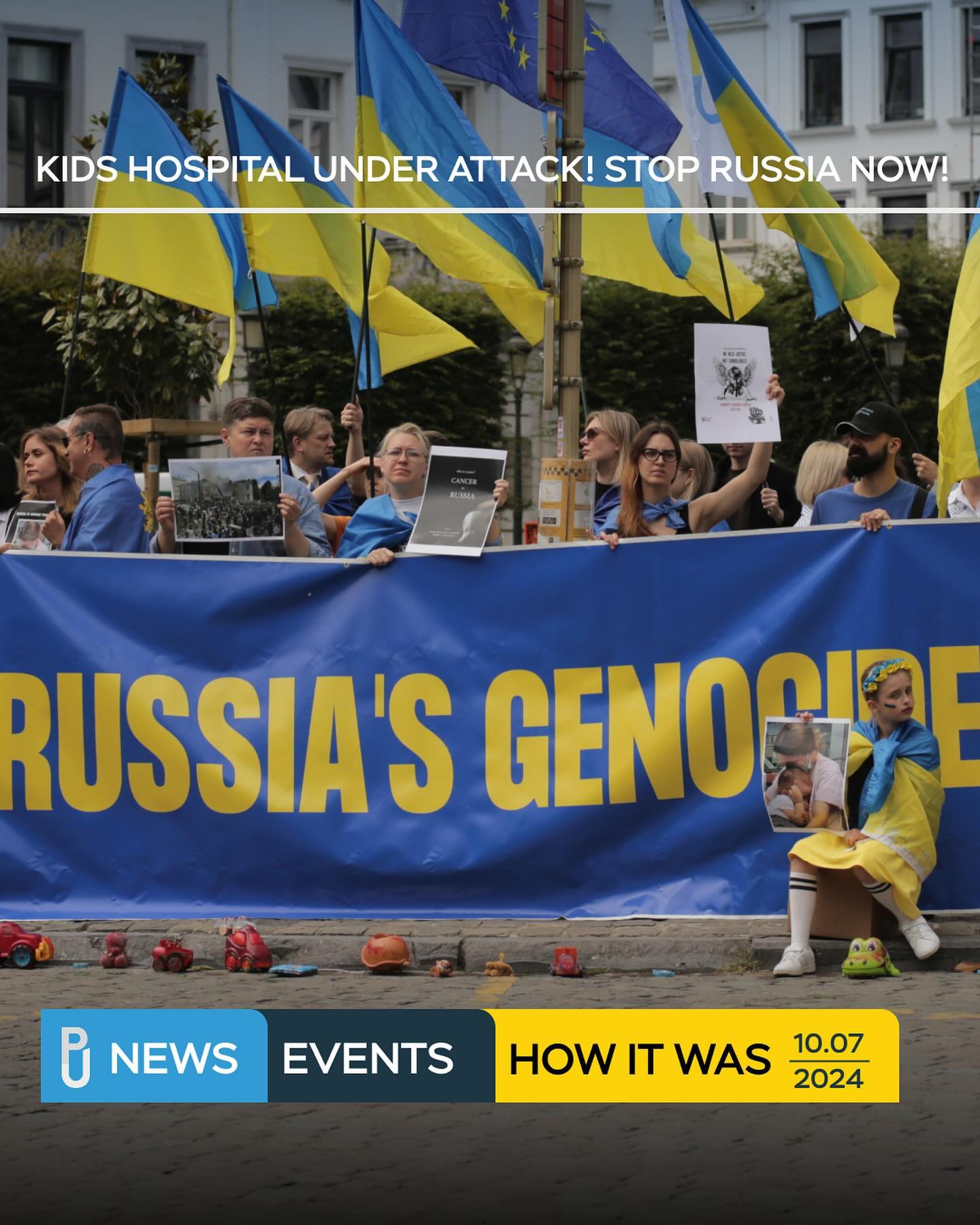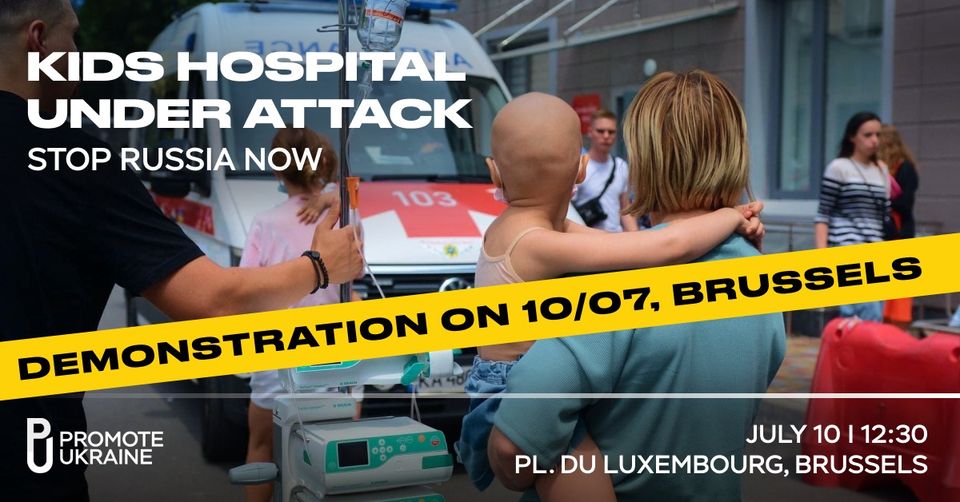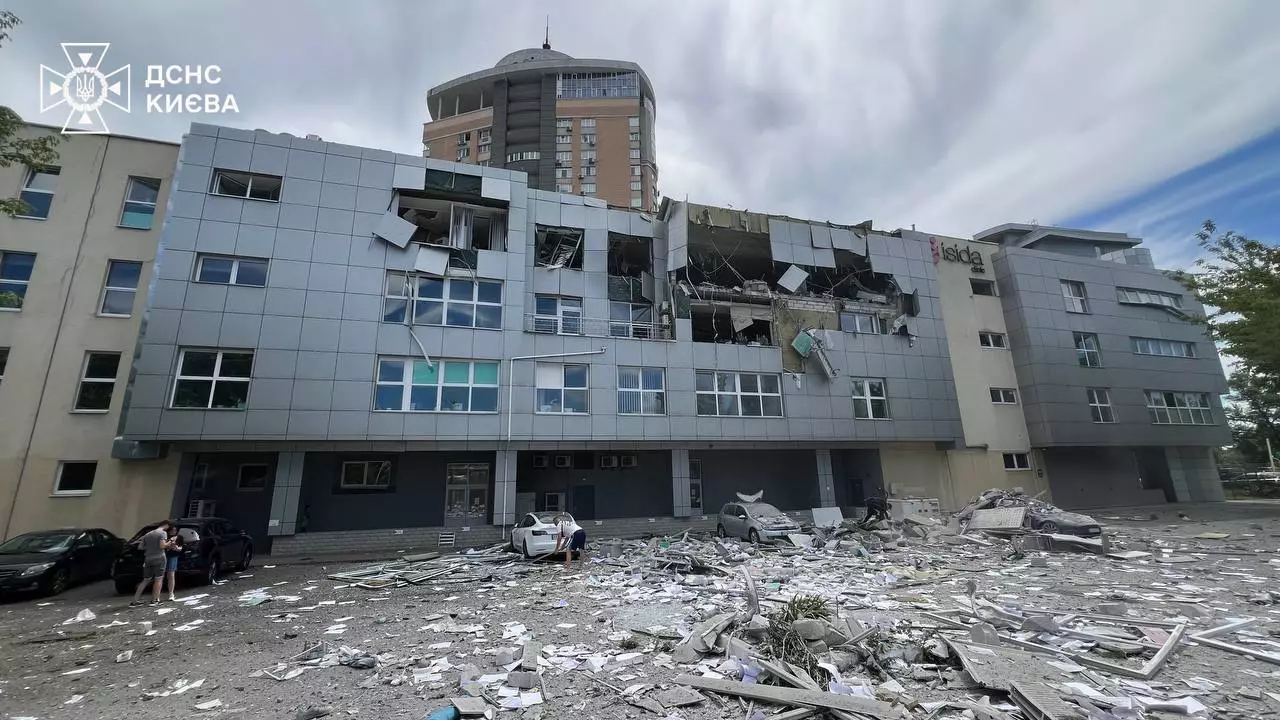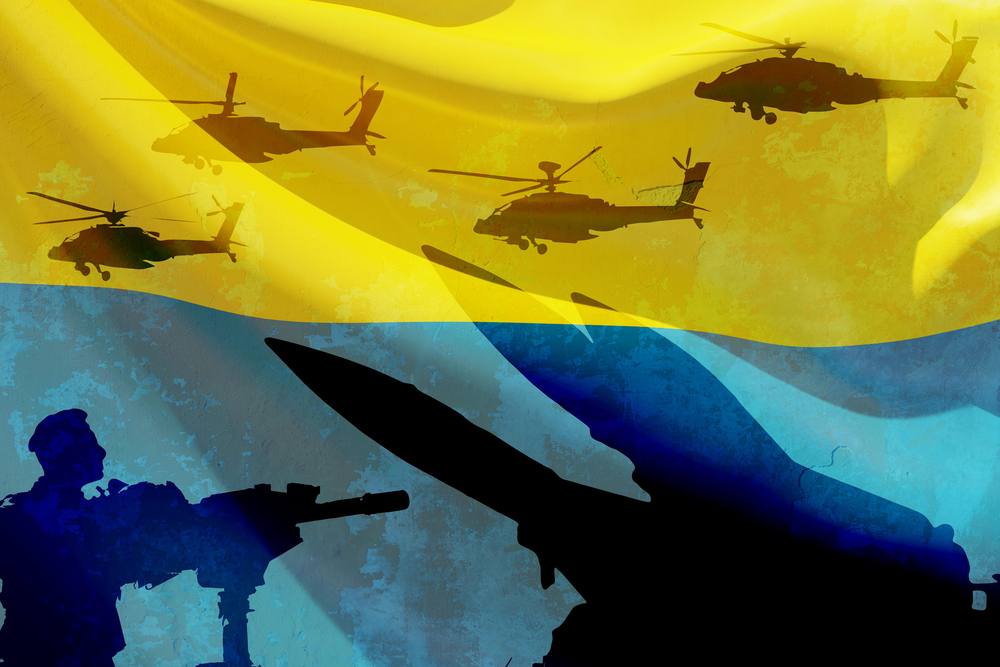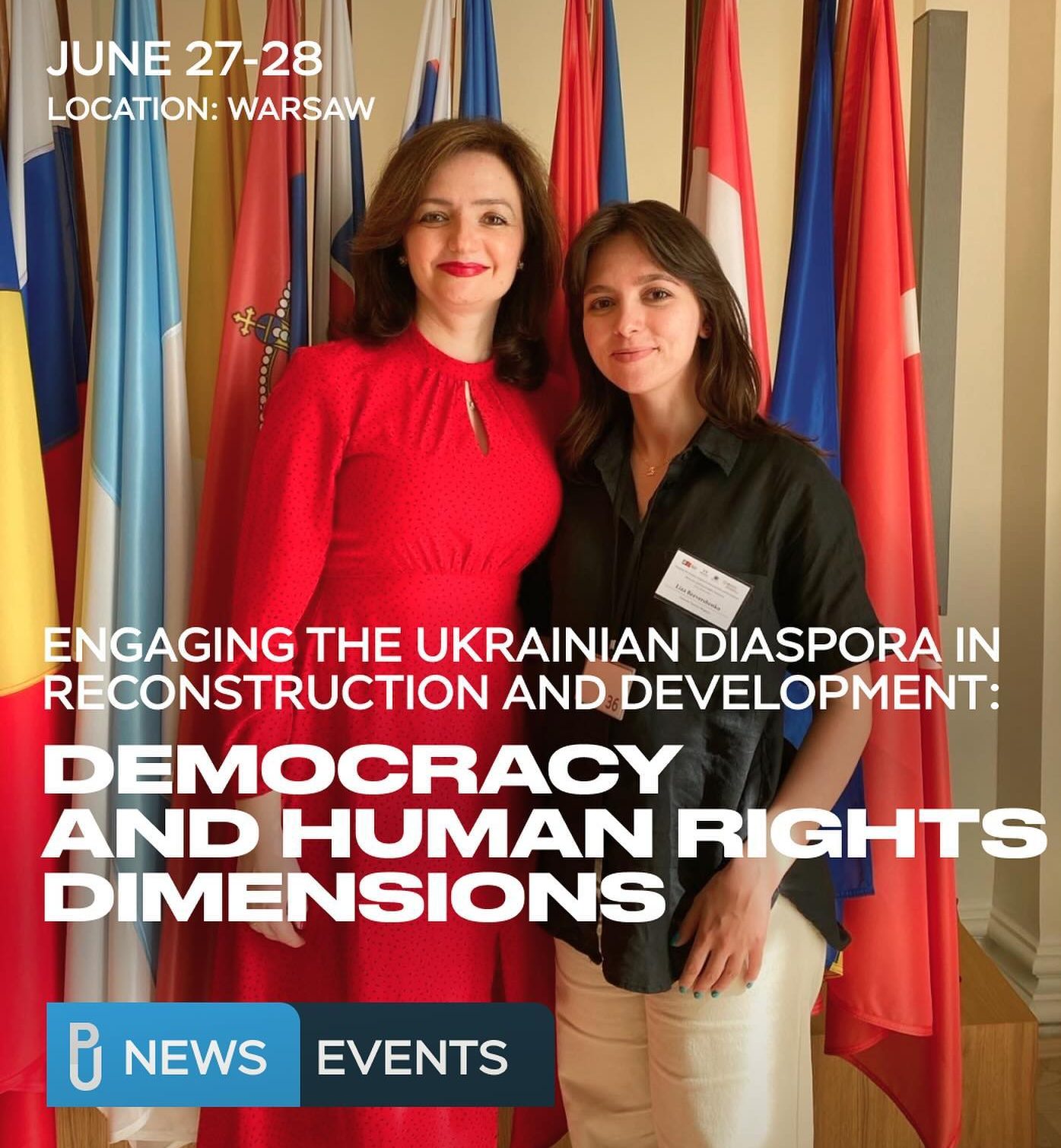Ukraine commemorates the victims of the 20th-century Famine-Genocides forced by the Soviet authorities on the fourth Saturday of November yearly, according to the presidential decrees of 1998 and 2007.
In the last century, Ukrainians survived three Famine-Genocides: 1921-1923, 1932-1933, and 1946-1947. However, the Famine-Genocide of 1932-1933 (Holodomor) was the largest and now called the genocide of the Ukrainian people committed by the Stalinist regime. Ukrainian peasants became the next victims of Soviet power after the large-scale repressions against the Ukrainian clerisy and clergy.
For a long time, the Soviet Union leadership hid the fact of the death of Ukrainians from artificial starvation. So, even the mentions of those years’ famine were strictly forbidden. Only after Ukraine declared its independence, the Holodomor investigation began.
Ukraine, citing scientific and demographic expertise, claims that the total number of casualties from the Holodomor of 1932-1933 reached almost 4 million people, while the unborn Ukrainians loss exceeded 6 million.
Apart from Ukraine, 17 countries recognized the Holodomor of 1932-1933 as a genocide.
Traditionally, different events are held in Ukraine to honour dead compatriots. At 16:00 an all-Ukrainian minute of silence is announced. The most common action is to “Light a candle” according to which people place a lighted candle on the windowsill in the Holodomor victims’ memory.
This year, due to the coronavirus pandemic, the majority of information events take place online.
Bohdan Marusyak






 UA
UA FR
FR DE
DE
